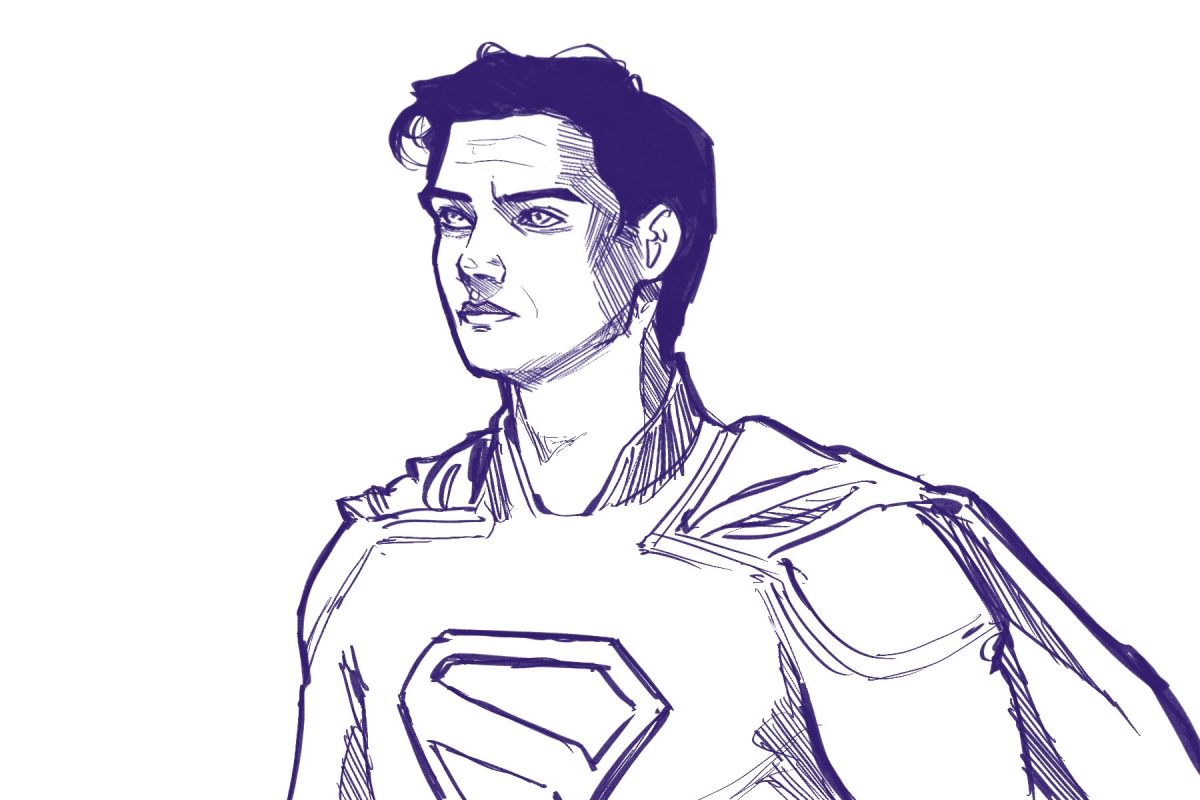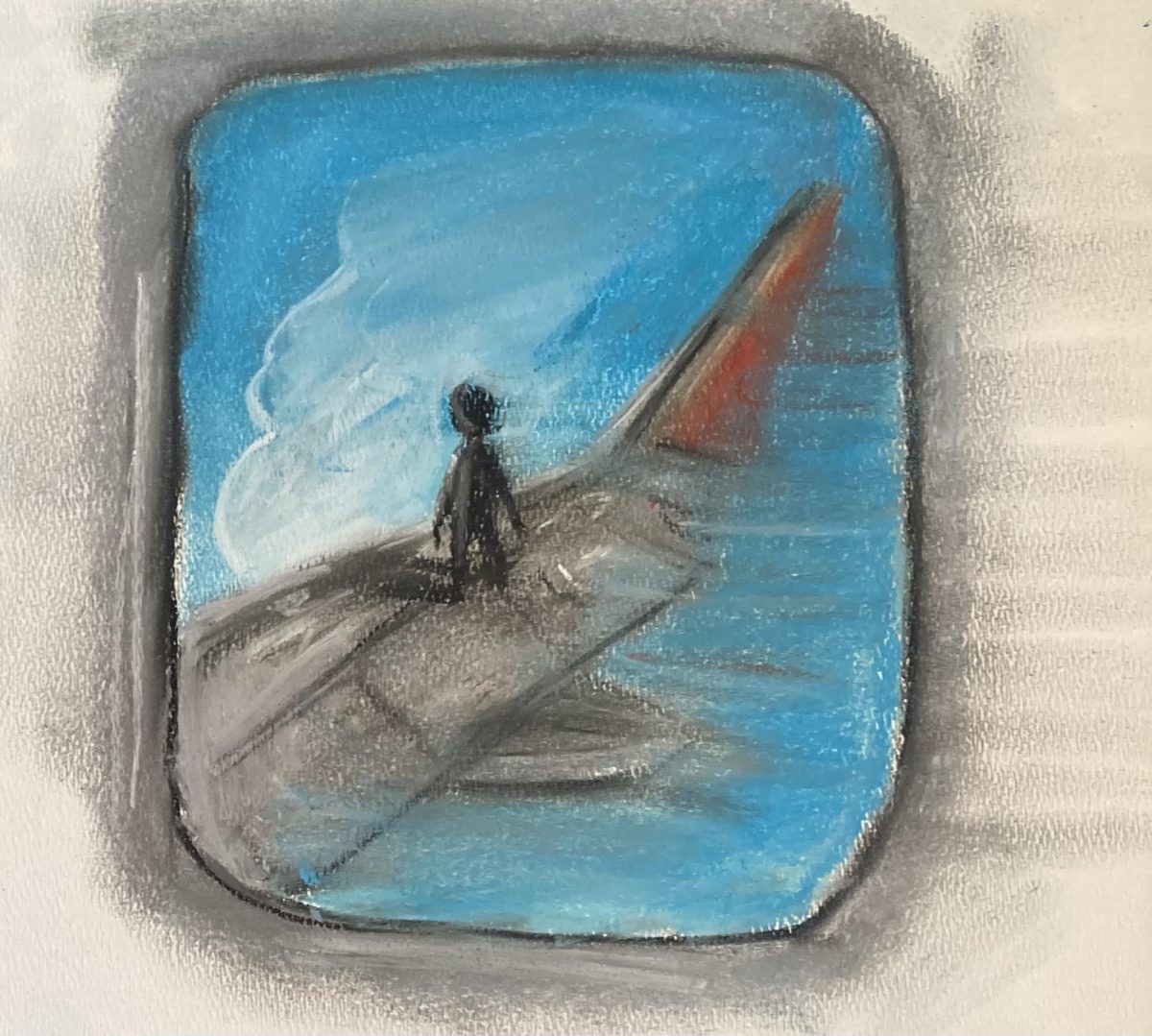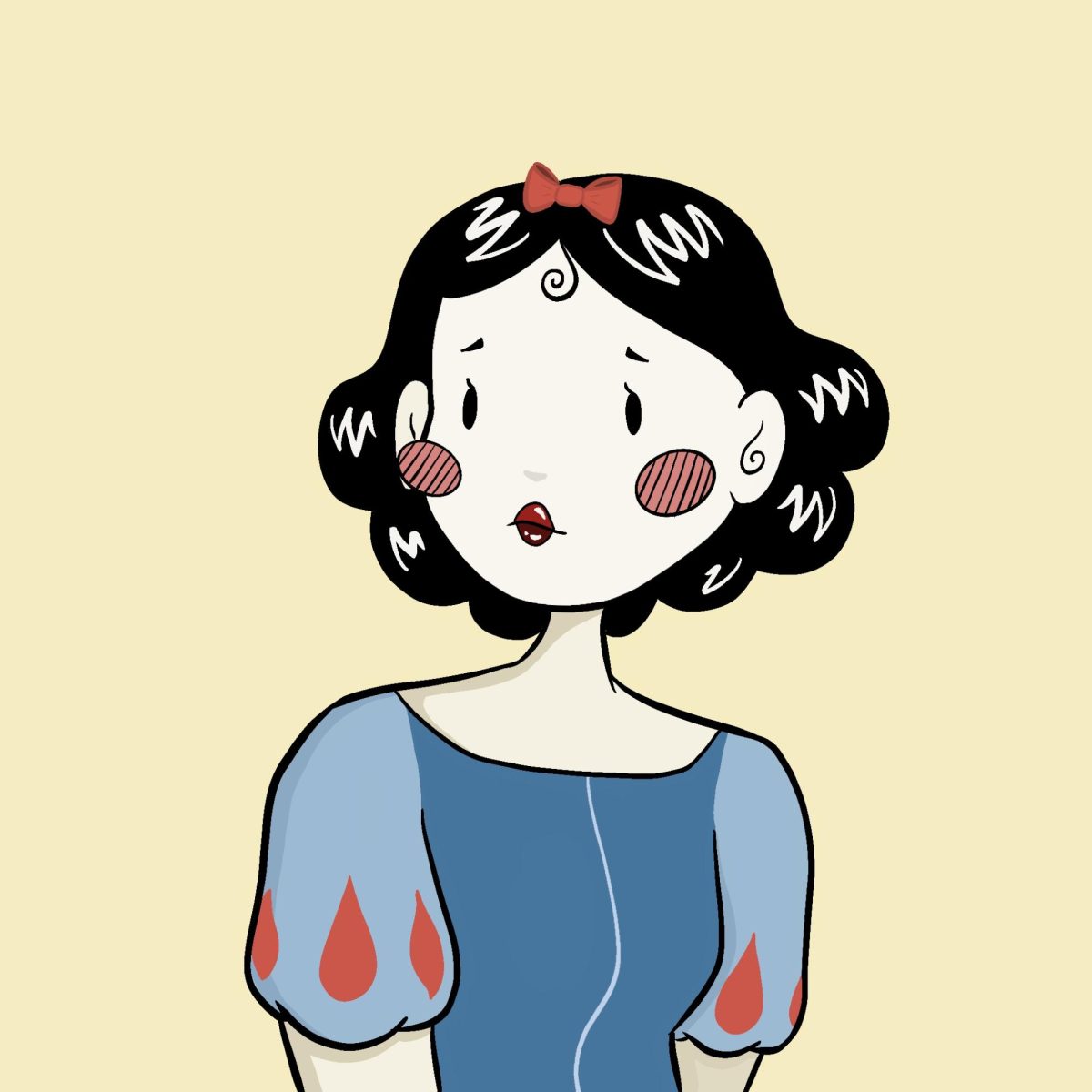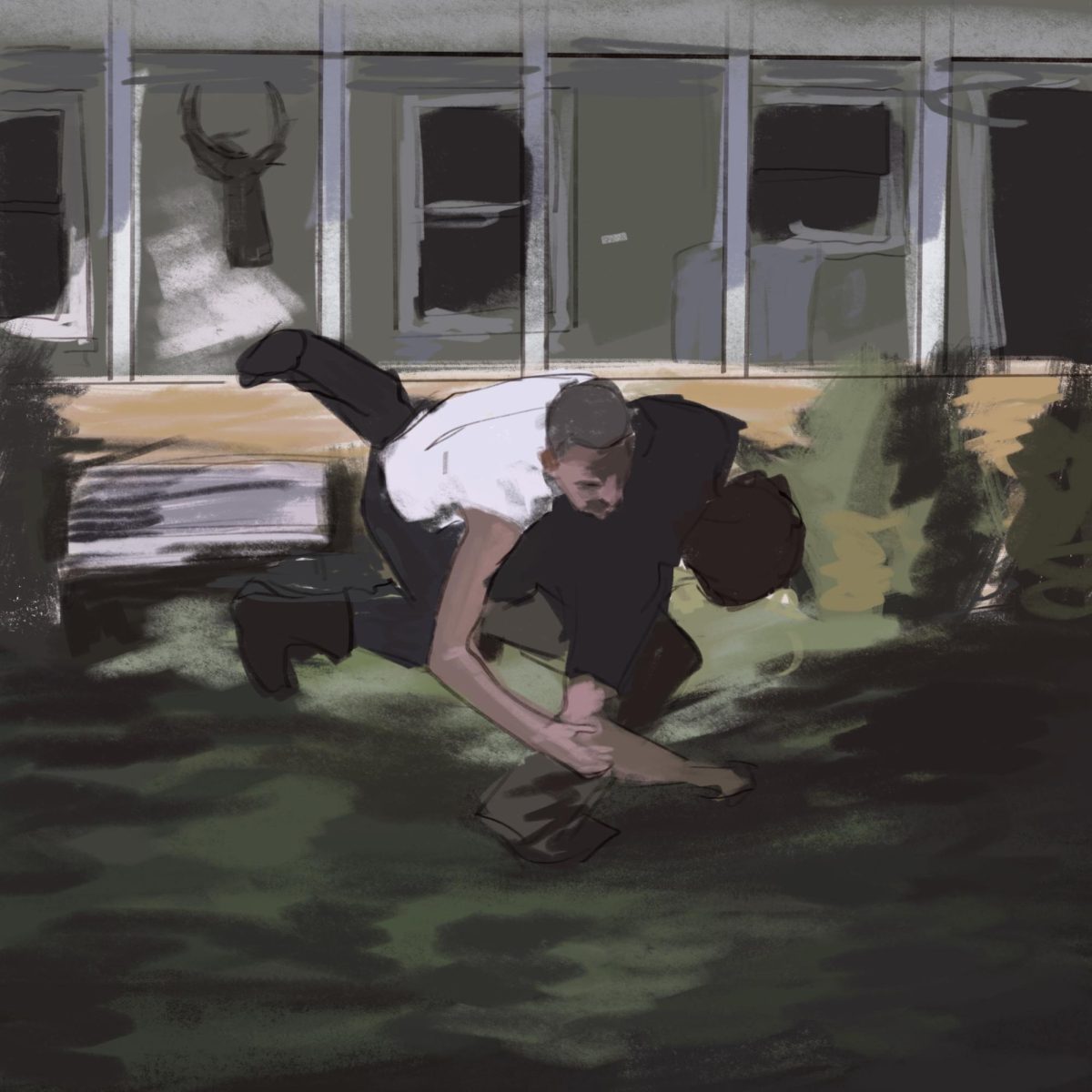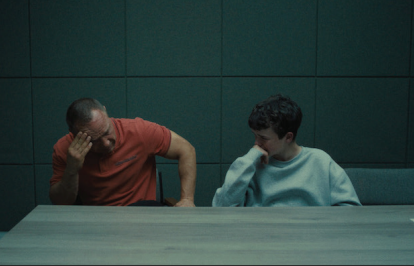Sampha is a rare commodity in modern R&B. The beloved UK singer and producer was able to amass a reputation as one of mainstream music’s most striking vocalists with just a single album and a prolific streak of features. After winning the 2017 Mercury Music Prize for his debut album Process, Sampha Sisay went under the radar for years, leaving fans yearning for more reflective ballads and emotionally textured performances. His sophomore effort, Lahai, titled after Sisay’s middle name, has six years of anticipation behind it, a ball and chain for any release that can’t live up to fan expectations. But Sampha has consistently proven himself more thoughtful and original than the competition, and Lahai is not just evidence of this but a new peak for his artistry.
The opener “Stereo Colour Cloud (Shaman’s Dream)” is a lovely tone-setter. Its warm pianos, introspective crooning, and surreal electronic details provide a sunlit entrance into Lahai’s dreamy bird’s eye view of Sampha’s state of mind. It also introduces themes of flight and personal reflection which persist across the full record. The sky Lahai’s cover art wondrously peers up at is the key motif, in tandem with several references to the 1970 Richard Bach novella Jonathan Livingston Seagull. The surreal narrative is a modern-day fable that uses avian flight to symbolize freedom, individuality, and enlightenment. Sampha uses these ideas as foundations for his graceful existential crisis on Lahai as he wrestles with growth and the unstoppable march of time.
Even in a state of spiritual turbulence, the record’s soundscapes are a study of sublime serenity. Sisay’s passion for the keys inspires several overcast beds of pianos to underscore his gentle yearnings, a comforting backdrop for the soul-searching neo-soul of “Johnathan L. Seagull” and “Can’t Go Back.” Sampha’s journey is personal but he is never alone, even on the album cover: the soaring “Suspended” sees the singer’s aching performance joined by a female background vocalist along with heart-fluttering layers on his voice. The track even widens its emotional dynamics with a couple of well-timed glitches at its climax. Lahai’s pronounced piano presence is supported and contrasted by dense electronic subtleties, raising the album’s rich color palette into the mystical. Touchingly written and immaculately produced by Sampha himself, Lahai drifts through its 41-minute runtime on a cloud; it is an album of refreshing breezes, feathers, and an endless blue expanse.
Sampha’s airborne pilgrimage is fraught with questions: of growth, of infinity, of the meaning of life. Perhaps the tenderest ballad of the LP, “Evidence” comes to a possible conclusion: if there can be beauty in the fluctuation of our ever-changing lives, Sampha’s child is the truest evidence of it. The journey may be uncertain but its meaning comes from the love taken as baggage, the freedom of flight, and the community of the flock. Lahai’s blissful outro “Rose Tint” is a party as Sampha details leaving the prison of his mind for a house of friends and family. The title feels less cynical in this celebratory context as Sisay flies into the brilliant rose tint of a sunset. Simply put, if beautiful art like this takes six years of reflection, then Sampha deserves all the time in the world.
This article also appears in our November 2023 print edition.



